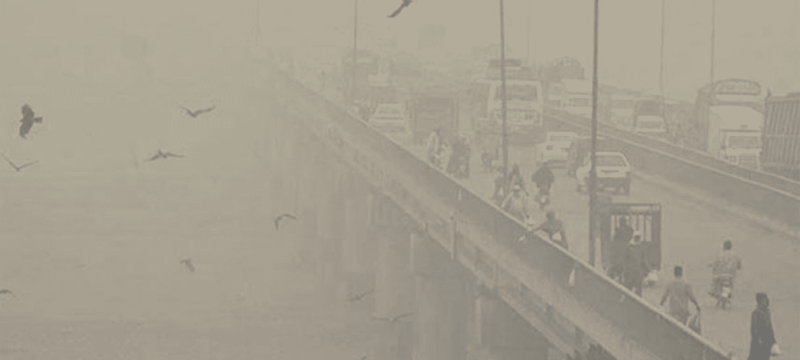Several cities in Punjab are experiencing hazardous air quality, raising serious health concerns for residents. Faisalabad topped the list with an air quality index (AQI) reading of 571, making it the most polluted city in Pakistan. Gujranwala followed closely with a reading of 570.
Lahore’s air quality remained critical with an AQI of 396, while Multan recorded a level of 257, signaling dangerous pollution levels across the province. Experts warn that prolonged exposure to such hazardous air quality can lead to respiratory issues, eye irritation, and other health problems, especially among children and the elderly.
Last year, Punjab also grappled with severe winter smog, which forced authorities to take emergency measures. Low-grade diesel fumes, smoke from seasonal agricultural burning, and cooling temperatures contributed to the dense smog covering cities like Lahore. At its peak, Lahore’s pollution levels exceeded 80 times the limit deemed safe by the World Health Organization (WHO).
During that period, the government closed schools and restricted operating hours for eateries, markets, and other businesses to protect the public from the toxic air. Health officials advised residents to stay indoors, wear protective masks, and use air purifiers where possible.
Environmentalists have repeatedly urged authorities to implement stricter regulations on vehicle emissions and control crop burning to prevent future spikes in hazardous air quality. They stress that long-term solutions, such as green energy adoption and industrial reforms, are essential to protect public health and improve air quality in Punjab.
As winter progresses, residents are advised to monitor daily AQI updates and take necessary precautions. With industrial activity and seasonal crop burning continuing, experts warn that hazardous air quality may persist unless strong mitigation measures are enforced.
In other news read more about: Hazardous Smog Chokes Lahore as Air Quality Reaches Dangerous Levels







